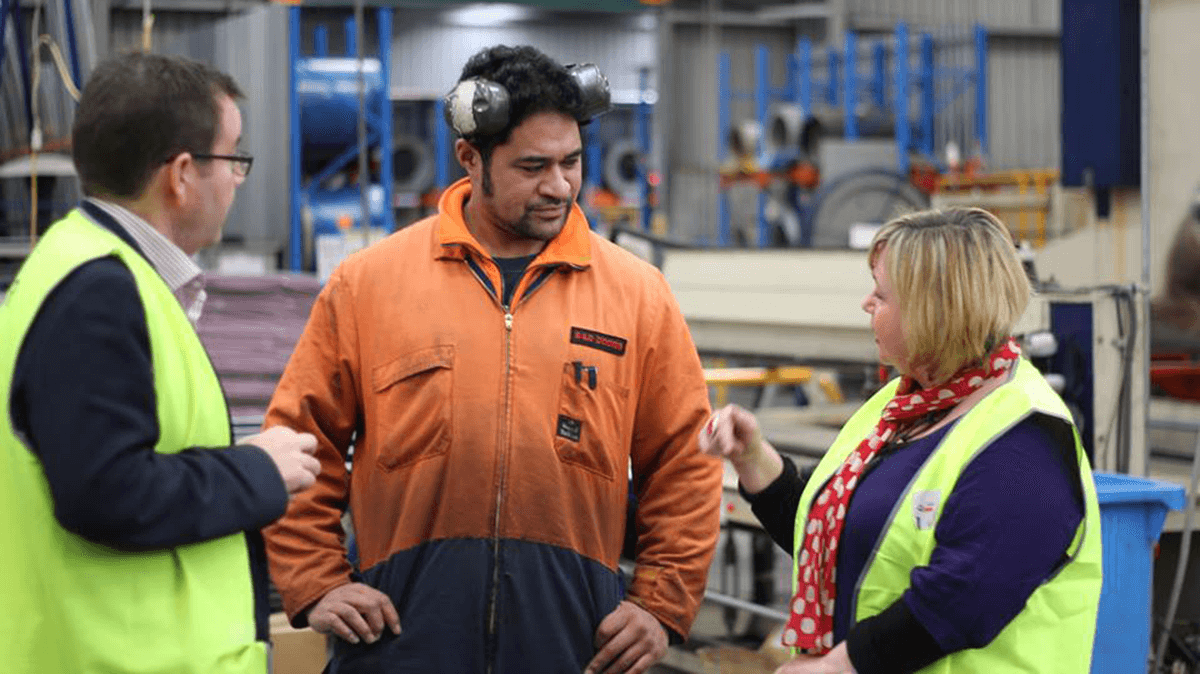There is no doubt in my mind that climate change will drive the most significant economic transformation in modern history. The transition to a low-carbon or a net-zero carbon economy will be as transformational as the industrial revolution was to the societies and economies in the nineteenth century.
Economic transitions of this scale have the potential to cause massive economic and social disruptions. History shows that transitions have often been done poorly in New Zealand, with workers and communities being negatively impacted.
For too long, however, the debate has been drawn as a dichotomy of jobs and economic growth or climate action. Although I take it as a given that we must understand the limits of growth, this dualism has taken us nowhere. As Labour’s climate spokesperson, it is my job to talk to both groups of workers and business owners in the emission heavy industries. Simply lecturing and berating on the evils of their particular industry does nothing to build a wider coalition of people who demand ambitious and urgent climate action. These people have well-founded fears and concerns about their futures and how they will pay their mortgages and support their families.
It does not need to be this way. International experiences show us that transitions can be done equitably and achieve positive outcomes for workers, enhance communities and create new areas of growth. In New Zealand this discussion is not simply about the transition of industry and work from fossil fuels to renewables, it is also about changing land use. In order to meet our emission reductions, there is no question that the pattern of land-use in New Zealand has to change. This will have enormous implications for communities and individuals.

In order to avoid shocks and disruptions as we undergo these structural adjustments, it is imperative that we have robust across-government transition planning that is well connected to industry and workforce. This planning must address the challenges posed by a changing climate and create new opportunities for our businesses and industry – and importantly, secure the jobs of the future. Central government needs to start providing the leadership and impetus so that region by region we draw up robust economic development plans that chart out a pathway to carbon neutrality. Sitting at the centre of these plans needs to be workforce planning. We need to be thinking about the qualifications and skills this economic transformation and the new jobs will require. We then need to ensure that those qualifications and skills are being offered in the regions where they will be required. It is this kind of joined up thinking from a progressive and future-focused government that will ensure that we minimise the shocks and ensure a “just transition” to a low-carbon economy.
The final policy recommendation from Vivid Economics in their report, ‘Net Zero in New Zealand‘ touched on this point and it is one that I argue needs far more consideration. The report writers urged policy development to understand the distributional implications of the differing low-emission scenarios sketched out in their report. They pointed to the fact that the costs and benefits of the transition may be distributed unevenly across New Zealand society. They point to the need for future work so as to understand how the transitions under each of their scenarios would impact on rural communities.
Over the last three years, the just transition to the low-carbon economy has been critical to Labour’s Future of Work Commission. It is not only technology changes that will radically change the nature of work over the coming years and decades but also the transition to a low-carbon economy. As well as new land-use patterns requiring new and different skills our abundance of relatively inexpensive renewable energy offers exciting industrial opportunities – but these opportunities require integrated planning so we can ensure we maximise the benefit for our workforce.
The Vivid report points to one of the strategies being employed internationally that is increasing skills and re-training. This is exactly where Labour has focused our attention. When Andrew Little announced our policy of 3 years free post-secondary education and training, he spoke of the need of this retraining opportunity for the 40-year-old who found themselves needing to re-skill to be ready for the opportunities of a low-carbon economy.
For over a century a stable job with decent pay and conditions has been the guiding principle of the labour mission. Our job in the twenty-first century is to ensure that our industries and workforce currently employed in high-emission industries are not consigned to the scrap heap as we respond to the shocks of unplanned and urgent economic upheaval. Instead, it means, starting immediately to put in place across-government transition planning to build a stronger, fairer and more sustainable economy. This is an enormous opportunity and one that excites me.
We hope you have been following our staged dynamic release of Vivid Economics Net Zero New Zealand Report. On Friday 23 June, we released chapter three, the penultimate instalment that puts forward four domestic emission reduction scenarios through to 2050 which would position New Zealand to achieve emissions neutrality later in the century.
Our Pure Advantage contributors have provided analysis and context for New Zealanders throughout the report and we hope their contributions will better inform you about the opportunities and challenges we are facing to meet our obligations in accordance with the Paris Agreement.
At the culmination of the chapter, there is an opportunity to vote on the future you would like for yourselves and subsequent generations. Please take the time to engage with this and share amongst your friends and family; it’s up to us to decide how we achieve a low emissions pathway to a Net Zero New Zealand.



Leave a comment